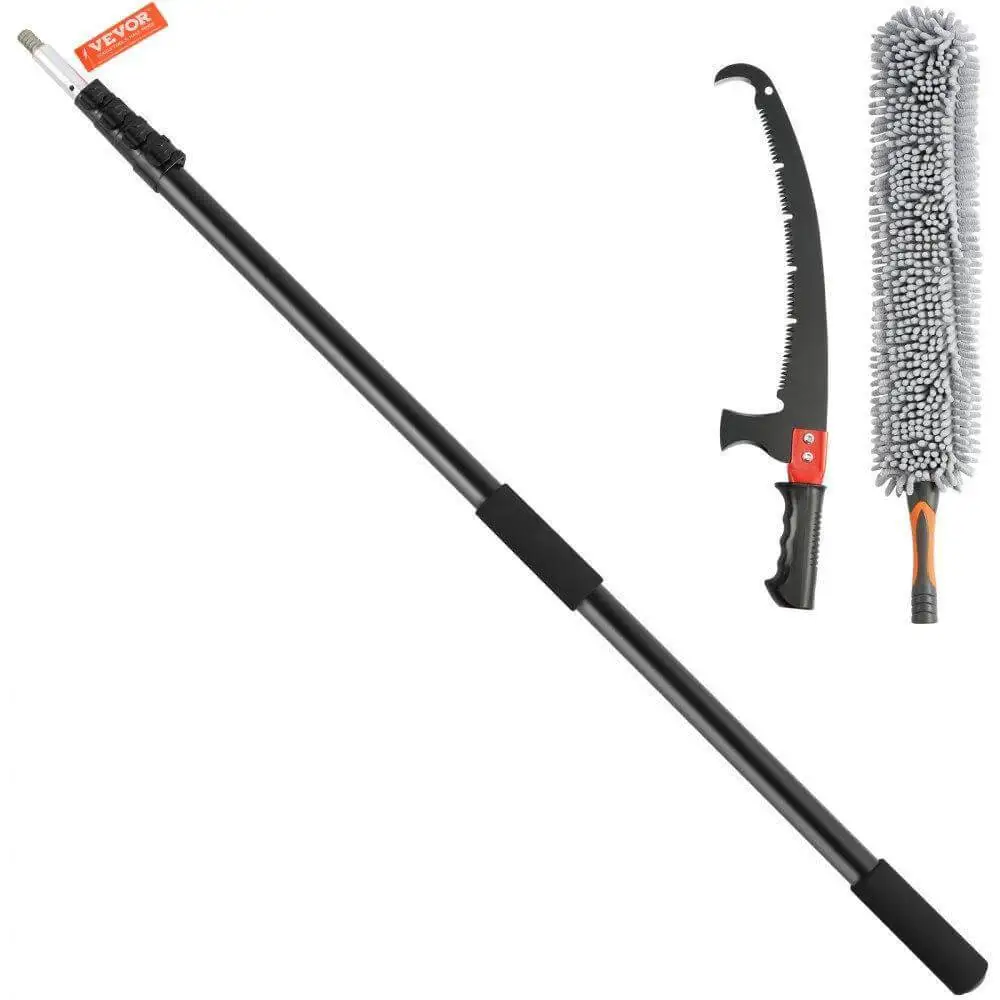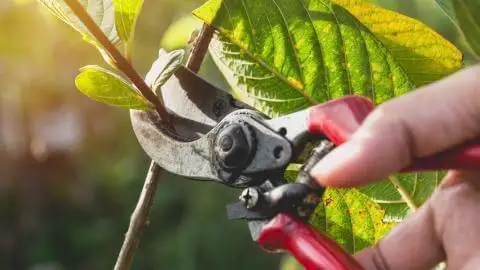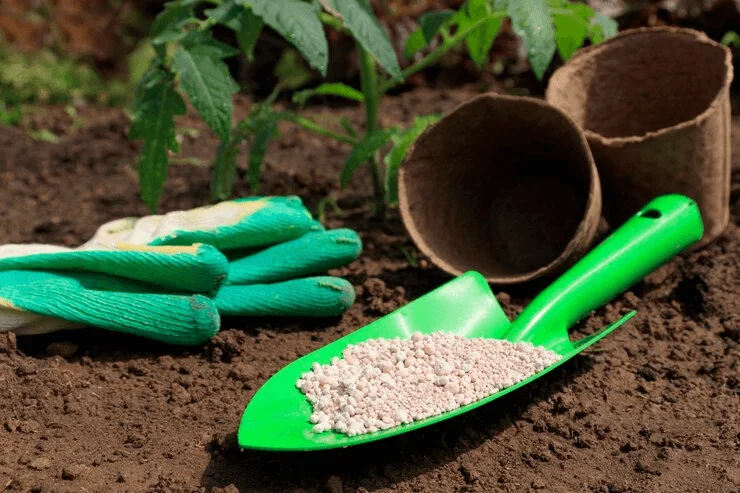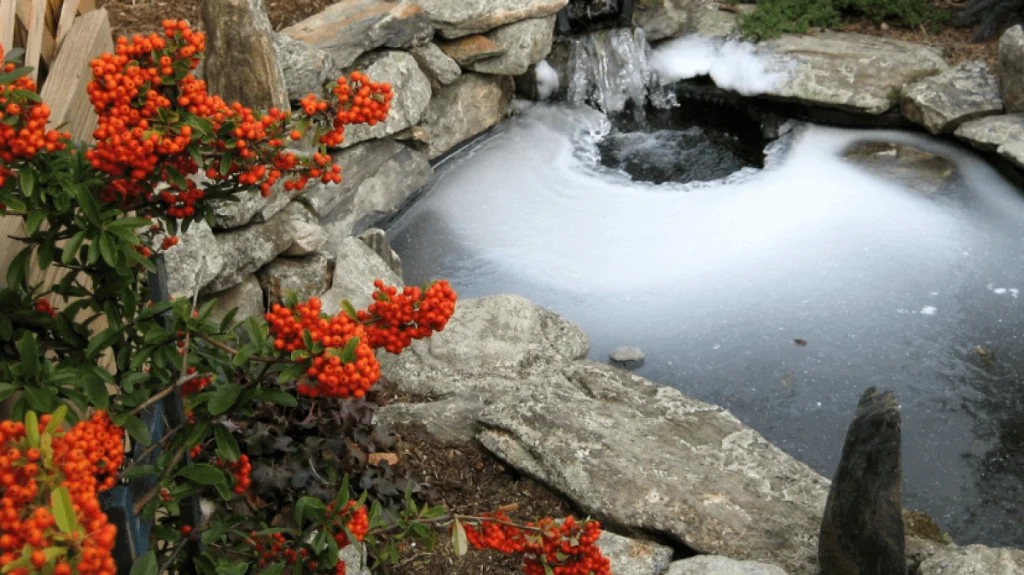If your pomegranate tree is beginning to look bushy, or you are generally concerned with your tree health, you have come to the right place. With the help of VEVOR magic and some pruning tips from the pros, your pomegranate tree will once again be healthy and breathtaking in no time.
While we understand that pruning might sound fancy and tedious, it is an important task that ensures your pomegranate tree turns out healthy and beautiful all year round. It involves the cutting of dead branches to reduce the chances of diseases spreading.
And although sometimes, it is done for aesthetic purposes, the primary aim is to prevent pest and disease ridden branches from destroying the entire tree.
This guide breaks down the pruning process. It also involves tips and tricks for good-looking pomegranate trees and juicy harvests.

Table of contents
What is Pruning?
Pruning is a gardening practice involving the selective removal of specific plant parts, such as the branches, buds, and roots.
This action serves various purposes, like enhancing the plant’s health, managing its growth, shaping it for an aesthetic appeal, and promoting fruit and flower development.
Trees, shrubs, vines, and other perennial plants are common plants that occasionally go through this pruning process. You need special tools like VEVOR tree pruner for effective and quality tree pruning.
Why is Pruning Important?
Pruning is packed with benefits that make your garden bloom, and doing this the right way is a recipe for giving your plants the VIP treatment. It helps them grow stronger, fend off diseases like champs, and produce better fruits or flowers.
Here are extra benefits of pruning
- Boosting Growth and Strength: Tree pruning removes the overgrowth from your pomegranate trees, giving new branches and stems a chance to shoot and spread. That also means dead cells that weaken plant growth are out of the way, and only the strong stalks survive.
- Good Plant Structure: Without the weight and look of withered plants, your pomegranate tree structure will be at its best. There’s no poor aesthetic like weakened stalks that cause bent plants or overcrowded branches.
- Fights Pests and Diseases: Nobody wants their plants to deal with nasty bugs or diseases, so pruning helps kick those troublemakers to the curb by getting rid of infected branches. The VEVOR Tree Pruner’s guarantees clean cuts, there’s no messy aftermath, making it harder for pests and diseases to sneak back in.
- Bigger and Better Harvests: With fruit trees like pomegranate, pruning boosts production by letting in more sun and air. It’s time to learn how to prune a pomegranate tree.
How to Prune a Pomegranate Tree: Step-by-Step Guide
Here’s a simple step-by-step guide on pruning a Pomegranate tree into perfection.
- Examine Your Tree: Take a good look at your tree. Do you spot any dead, sick-looking branches? Get rid of those first, then watch for overlapping branches; they need space.
- Get Your Pruning Tools: Make sure you’ve got your VEVOR tree pruner, a long-reach pruner or pruning saw, loppers, and shears ready to snip. Check the blades for sharpness to ensure clean cuts without tearing down your tree.
- Start with Dead or Diseased Branches: Start by snipping off dead branches or those with diseases. They’re typically discolored and dried. Cut them back to where they branch off from the healthier bits.
- Tidy Up Overlapping Branches: Trim away branches crossing paths to keep your tree neat, avoid plant suffocation, and ensure nutrients are evenly split.
- Remove Suckers and Water Sprouts: Use your VEVOR tree pruner to remove suckers and water sprouts. This is because they divert energy from fruit production and compromise the tree’s health.
- Thin-out Interior Branches: Trim back the overcrowded and weak branches to maintain a balanced structure. Remember to focus on retaining the healthy branches.
- Shape It Up: Shape the shade of the pomegranate tree by selectively pruning it to achieve the desired form and size. Aim for an open, vase-shaped shade that allows sunlight exposure to all tree parts.
- Final Touches: Inspect the tree for any remaining problems or irregularities after pruning. Make additional cuts if necessary to ensure a clean and healthy appearance.
And there you have it! The answer to your question, but wait, we have more!
When is the best time to prune a pomegranate tree?
Aim for late winter February or early spring March when it’s taking a nap, so pruning then wakes it up for a growth spurt once spring hits. Here’s a bonus tip: Pruning before the new growth starts while following these steps means you won’t accidentally chop off any branches that could bear delicious fruits later on.
Pruning Young vs Mature Pomegranate Trees
Knowing how to prune correctly is crucial when pruning your pomegranate trees, whether just sprouting or having seen several seasons. You mustn’t give your older trees the same treatment as the younger ones to avoid subpar results.
- In the early years, pruning should be light-handed. You want to shape it by cutting away branches competing for space or crossing each other, along with any dead or sickly parts. However, for older trees, it is better to clear out tired branches to make room for new growth.
- Keeping your tree at a manageable height is a must. For the young trees, it’s all about making sure they don’t grow taller than you can handle, so trim their central leader often to keep them easy to harvest. And for the older ones, pruning some fruiting branches balances tree growth.
- Even if your young tree isn’t popping out fruit like you want, thinning out the fruiting branches is always a good idea. That way, the available pomegranates develop into plump and juicy fruits. The same goes for the old trees. Clearing out the top lets more sunshine in and keeps the tree fresh and healthy.
- Regular check-ups are essential. Give your young tree a little love throughout the year to keep it blooming and growing strong, while a quick trim periodically for old pomegranate trees can nip any problems in the bud before they get out of hand.
So, whether your tree pomegranate is just a sprout or more, mastering the art of pruning keeps a tree in its prime to keep producing those delicious fruits. Don’t leave yet! Once you’ve mastered pruning a pomegranate tree, you must learn to maintain it.
How to Maintain a Mature Pomegranate Tree
Maintenance practices for mature pomegranate trees is quite different young pomegranates. Mature pomegranate trees have these tell-signs
- 12 – 20 feet high
- possess ripe fruits
- show a rough grayish-brown tree bark with shallow furrows
- have widespread branches, and ridges.
If you notice all these on your pomegranate tree, then it is mature and ready for harvest.
Use your VEVOR telescopic pole pruner to reduce the branches and cut the pomegranate.

You still need to prune a mature pomegranate tree but not as much as you would with a younger tree. Pruning keeps the air flowing through the branches, which keeps your tree healthy.
Maintenance Tips for Pomegranate Trees
Here are some tips to help you keep your pomegranate trees thriving:
- Pruning: Snip away any dead branches to avoid developing a bush.

- Fertilizing Regularly: Use a balanced fertilizer or compost for the soil in the spring. Avoid overfeeding them, or they might get overstimulated and not make fruit.

- Watch Out for Pests: Try some natural bug spray or pesticides and squash any bugs you see, or they’ll ruin your potential harvest and leave you with diseased fruits.

- Harvesting: Check on the plant periodically; if something seems off, give them extra attention to perk them up.

Follow those pruning tips for a bountiful harvest.
Harvesting and Storing Pomegranate Fruits
Gently squeeze them for a hefty feel with firm skin but not squishy. Then, check out their color for a deep and vibrant wine-red tone and finally, tap the fruit for a drum-like sound.
Position yourself under your pomegranate tree with your VEVOR pruner ready to pluck, and then extend that telescopic pole to grab the fruits up high. Cut them from the branches in the morning when the weather is still chill for intact flavors.
Drop each freshly cut fruit into your container then stash those pomegranates in a dry spot away from the sun. Doing this guarantees long-lasting fruits.
FAQs
Should pomegranate trees be pruned?
We recommend pruning pomegranate trees as the trees benefit a lot from pruning, though the extent and timing of pruning depend on various factors, such as the age of the tree, its overall health, and the desired shape or size.
When should I prune my pomegranate tree?
The best time to prune a pomegranate tree is in late winter or early spring, ideally before new growth begins.
What tools do I need for pruning a pomegranate tree?
Essential tools for effectively pruning a pomegranate tree include VEVOR extendable telescopic tree pole pruner, pruning shears, loppers, hand saw, gloves, safety gear, and disinfectant.
Conclusion
Learning the art of pruning your pomegranate tree isn’t just about making it look good and keeping it healthy and loaded with juicy fruits. This guide spills all the secrets to pruning, harvesting, and maintaining your garden like a pro. The most crucial part of tree pruning is having the right tools, and we’ve established that VEVOR’s tree pruner, whether manual or telescopic variant, gives excellent results. Always keep the blades sharp and clean to avoid contamination or blunt cuts.





